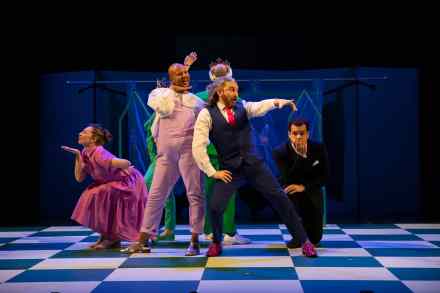Jonathan Miller, Cindy Yu and Laura Freeman
21 min listen
On this week’s episode, Jonathan Miller says that whoever wins France’s election on Sunday, the country is going to the dogs. (01:00) After, Cindy Yu says that China’s online censors are struggling to suppress critics of the Shanghai lockdown. (07:47) And, to finish, Laura Freeman reviews a Walt Disney exhibition at the Wallace Collection. (12:06) Entries for this year’s Innovator Awards, sponsored by Investec, are now open. To apply, go to: www.spectator.co.uk/innovator




















